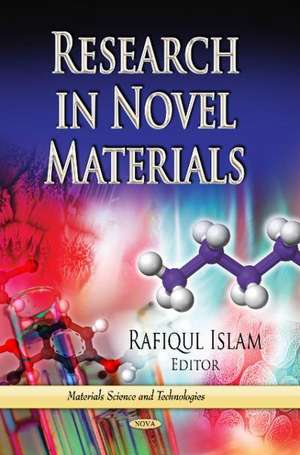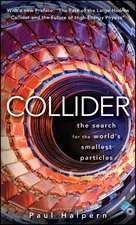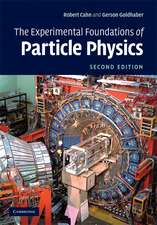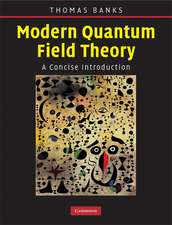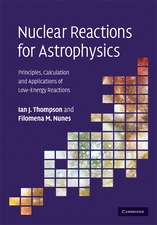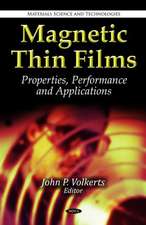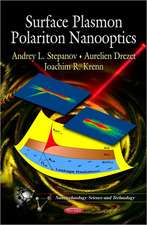Research in Novel Materials
Editat de Rafiqul Islamen Limba Engleză Hardback – 31 aug 2013
Preț: 1598.74 lei
Preț vechi: 2187.90 lei
-27% Nou
Puncte Express: 2398
Preț estimativ în valută:
305.92€ • 320.21$ • 254.62£
305.92€ • 320.21$ • 254.62£
Carte disponibilă
Livrare economică 10-24 martie
Preluare comenzi: 021 569.72.76
Specificații
ISBN-13: 9781628082654
ISBN-10: 1628082658
Pagini: 437
Dimensiuni: 183 x 257 x 31 mm
Greutate: 1.02 kg
Editura: Nova Science Publishers Inc
ISBN-10: 1628082658
Pagini: 437
Dimensiuni: 183 x 257 x 31 mm
Greutate: 1.02 kg
Editura: Nova Science Publishers Inc
Cuprins
Preface; Reactions of Diethyl N-Acetylamino (3,5-Di-Tert-Butyl-4-Hydroxybenzyl) Malonate in Alkaline Solution; Oligomer Obtained from the By-Products of Polybutadiene Production as a Rubber Plasticizer; Theoretical Structural Model of Polymer/Organoclay Nanocomposites Reinforcement; Principles of the Addition of Interactions Energy Characteristics; Novel Class of Ecofriendly Flame Retardants Based on Renewable Raw Materials; The Role of H-Bonds in Catalytic Oxidation Mechanisms & the Formation of Nanostructures on the Basis of Nickel Complexes; The New Polyolefin Chlorine-Containing Caoutchoucs Obtained by Solid-Phase Halide Modification of Tire Rubber Formula; Novel Hypostasis of Old Materials in Oxide Electronics: Metal Oxides for Resistive Random Access Memory Applications; Surface Modification of Unfilled & Highly Filled Polylactic Acid Films Using Corona Discharge Treatment; Electrospun Nanofibers: A Review of Present & Future Prospects; Present & Future Prospectuses of Antibacterial Coating of Textiles; Recent Advances of Carbon Nanotube-Biopolymer Nanocomposites; Lamination of Nanofiber Web; Circular & Ribbon-Like Silk Fibroin Nanofibers; Electrospun Nanofibers & Nanocomposites; Nanotechnology: A Global Challenge in Healthcare; Fabrication of Highly Oriented PAN Nanofiber; The Influence of Colloidal Structure of Polymer Blends on Adhesion Strength of Polyolefin Compositions; Morphology & Mechanical Properties of LDPE-Poly(3-Hydroxybutyrate) Films; Influence of Metal-Carbon Nanocomposites on Silicate Composition Properties; Biodamages & Protection of Leather & Fur; Phosphorus-Containing Metal-Carbon Nanocomposites & their Application for the Modification of Intumescent Fireproof Coatings; The Fractal Physics of Branched Polymers Synthesis: Polyhydroxyether; Aromatic Polyesters of n-Oxybenzoic & Phthalic Acid Derivatives; Index.
